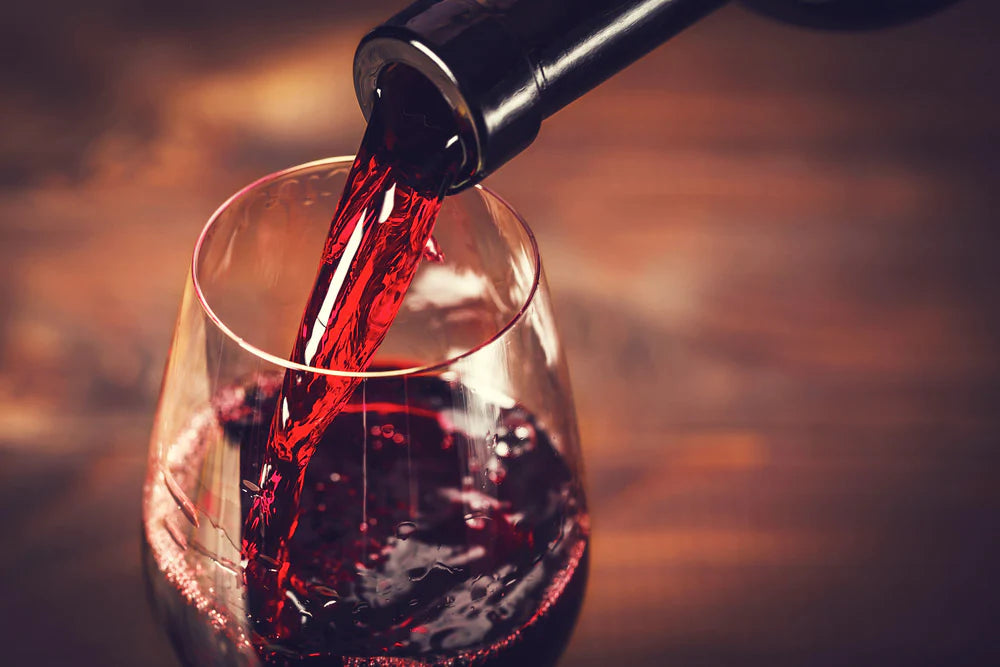
Rosé wine is back in style! After years of being sniffed at – and not in an appreciative way – rosé wine is cool again. Despite its surging popularity and the amazing range of great rosé wines available these days, rosé remains one of the most misunderstood styles of wine. In our good rosé wine guide, we’ll bust some myths and share some tips on how to choose a great bottle of rosé.
Rosé wine: Five myths busted
- Myth 1: You make rosé by mixing red and white wines together – ah, if only winemaking were that easy! While this is probably the most commonly held myth about rosé wine, it remains just that, a myth. France banned this method years ago and it now only survives in Champagne as they’re something of a law unto themselves. Most rosés are made by allowing grape juice to come into contact with black grape skins. There are two ways to do this:
o Direct press – black grapes are pressed releasing juice and colour. When the juice is the right shade of pink it’s taken away and fermented
o Saignée– saignée means bleed or bleeding in French. Vats destined for red wine have some juice removed while it’s still pink and is fermented separately as a rosé wine.
In terms of styles, direct press rosés tend to be more salmon-coloured and fresher, while saignée wines are darker, with more black berry fruits.
- Myth 2: Rosé wines can’t be serious or ‘fine wines’ – anyone who feels like that might want to check out the rosés in our 90+ points collection. Rosé wines can be fine wines. The top rosés from regions such as Provence, California or Rioja offer exceptional drinking pleasure, with the complexity of a red wine and the vibrancy of a white.
- Myth 3: Rosé whites don’t age – while it’s true that most rosé wines won’t age and develop over decades like a fine red Bordeaux or Barolo, that’s not to say that they won’t keep and improve. The 2019 Whispering Angel is perfect now. Mellow, soft, and plump with a lovely apricot and yellow plum tone, it’s still got time on its side.
- Myth 4: Rosé wines after sweeter wines – almost all modern rosé wines are as dry as any white or red. Just because their beautiful pink colour makes them look like sweethearts, they are mainly dry at heart.
- Myth 5: Rosé wines don’t go well with food – this old chestnut has dogged rosés for years. Yes, they drink fantastically well on their own or with good company but they also go brilliantly with many types of food. From white fish to pink fish, creamy white cheeses to red meats such as spring lamb or fillet of beef, rosés are as versatile as they are delicious.
How to choose a great rosé wine
Picking a great rosé wine is easy. Just click here, choose a great rosé, add it to your basket and wait for the courier’s knock at the door. Perfect.
If you’d like a slightly more detailed approach, then there are a couple of things to consider:
- Look for great rosé wine producing regions – Provence, Rioja, Puglia, Languedoc-Roussillon, and The Rhône Valley are all famed for their rosés.
- Look for rosé-friendly grapes and blends – while all red grapes can produce rosé wines some are undoubtedly better suited to the task than others. Grenache/Garnacha, Pinot Noir, Syrah/Shiraz, Cinsault, Nero d’Avola, and Primitivo/Zinfandel (not white Zinfandel, unless you enjoy drinking jam) are all capable of making delicious, satisfying rosés.
Like to know more about wine?
We hope you’ve found this guide good rosé wine guide useful. If you’d like to explore the world of wine then why not become a Perfect Cellar member? With our exclusive TastingBOXES, interactive tastings via Alexa, and an incredible range of wines, we have everything you need to enjoy finer wine. Perfect.
You may also be interested in reading our red wine guide, white wine guide and sparkling wine guide.


